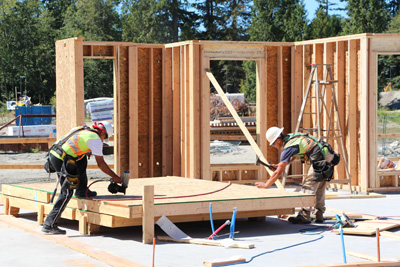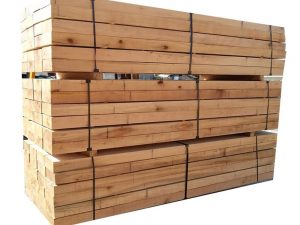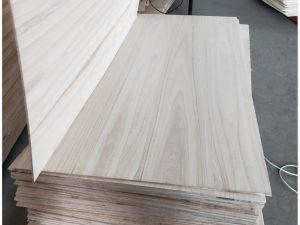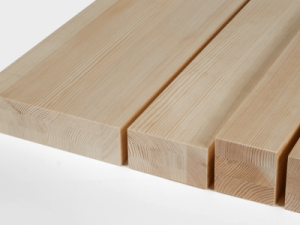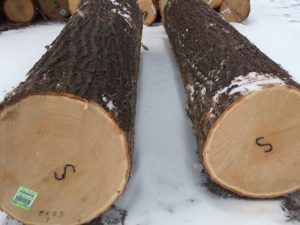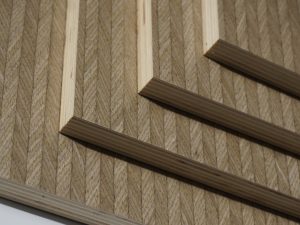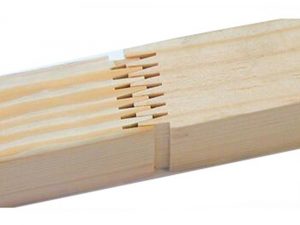Description
SPF Species
Western species
White spruce (Picea glauca)
Engelmann spruce (Picea engelmanni)
Lodgepole pine (Pinus contorta)
Alpine fir (Abies lasiocarpa)
Eastern species
Black spruce (Picea mariana)
Red spruce (Picea rubens)
White spruce (Picea glauca)
Jack pine (Pinus banksiana)
Balsam fir (Abies balsamea)
SPF is ideal for residential and commercial construction due to it’s competitive cost and high strength to weight ratio. It can also be used for many other industrial applications such as the production of Engineered Wood Products, Packaging, Furniture Framing, Packaging, Concrete Formworks and other re-manufactured products.
SPF has been used extensively in North America for structural applications in wood-frame construction – the construction method of choice for almost all single-family homes. And now, countries in Europe and Asia seeking economical and durable construction to replace aging or damaged housing or to house growing populations are looking to wood-frame construction and SPF for practical solutions.
Whether constructed on site or from premanufactured components, wood-frame construction is a fast, light, proven way of building houses, apartments and even commercial buildings. It is supported by a vast amount of research and testing to meet the most difficult climatic conditions. Wood-frame construction offers the following benefits:
Grading system: SPF Lumber is graded in the same way in all parts of Canada, according to the rules written by the National Lumber Grades Authority (NLGA). Third party grading agencies regularly inspect the products from all mills to make sure that they are on grade.
Increased thermal performance: Wood-frame construction is easy to insulate to RSI 2.62 or higher, meaning increased resident comfort and much lower heating and cooling costs over the life of a building.
Architectural flexibility: It is economically feasible to add offset walls, balconies, alcoves and other features that add interest and appeal, especially for roofs.
Space economy: Wood-framing is compact – structure, insulation, air and moisture barriers and exterior and interior finishes are contained in a small, light-weight space.
Durability: There are many examples of wood buildings that have lasted hundreds of years, and modern wood-frame construction is better equipped than ever to last at least as long as a building is still meeting the user’s needs.
Ease of installing electrical and mechanical services: Interior wall and floor cavities are used to route vertical and horizontal services, including electrical wiring, plumbing, and heating ducts.
Affordability: The major reason why wood-frame construction has been so successful in North America, and is being considered by many countries to solve housing challenges, is its affordability.
Construction speed: Wood-frame construction is fast – it is normal for an experienced crew of three to frame one floor per day per unit. In countries where wood-frame construction is new, an adaptation period is required before the speed of wood construction can be realized. In these countries, wood-frame construction can still offer initial savings in time and costs, and greater savings as familiarity builds.
Meeting building codes: Based on research and testing, wood-frame construction meets or exceeds building code requirements for strength, sound transmission and fire safety.

